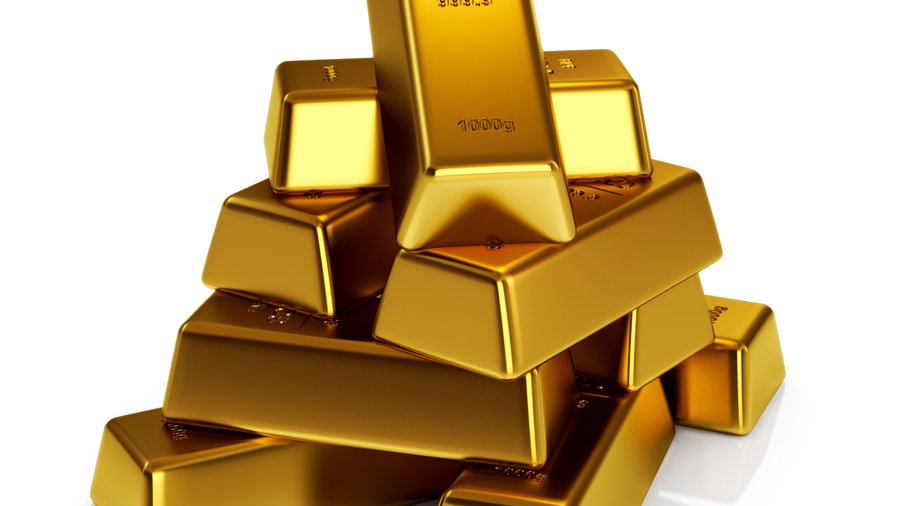TMetals trading involves buying and selling metals, such as gold, silver, copper, and aluminum, on various markets, including:
- Spot markets: Trading physical metals for immediate delivery.
- Futures markets: Trading contracts for future delivery of metals.
- Options markets: Trading contracts that give the holder the right to buy or sell metals at a specified price.
- ETFs (Exchange-Traded Funds): Trading funds that track the price of metals.
Types of metals traded:
- Precious metals: Gold, silver, platinum, and palladium.
- Base metals: Copper, aluminum, zinc, lead, and nickel.
- Ferrous metals: Iron ore and steel.
Metals trading strategies:
- Hedging: Reducing risk by taking positions in metals to offset potential losses in other investments.
- Speculation: Betting on price movements to profit from fluctuations.
- Arbitrage: Exploiting price differences between markets to profit.
- Spread trading: Trading the difference between two related metals.

Key factors influencing metals prices:
- Supply and demand
- Economic indicators (e.g., GDP, inflation)
- Central bank policies
- Geopolitical events
- Currency fluctuations
Benefits of metals trading:
- Diversification
- Potential for high returns
- Liquidity
- Hedging opportunities
Risks in metals trading:
- Price volatility
- Market fluctuations
- Liquidity risks
- Counterparty risks
To succeed in metals trading, it’s essential to:
Monitor and adjust positions regularlysis with fundamental market insights.
Stay informed about market trends and news
Develop a trading strategy
Manage risk effectively












